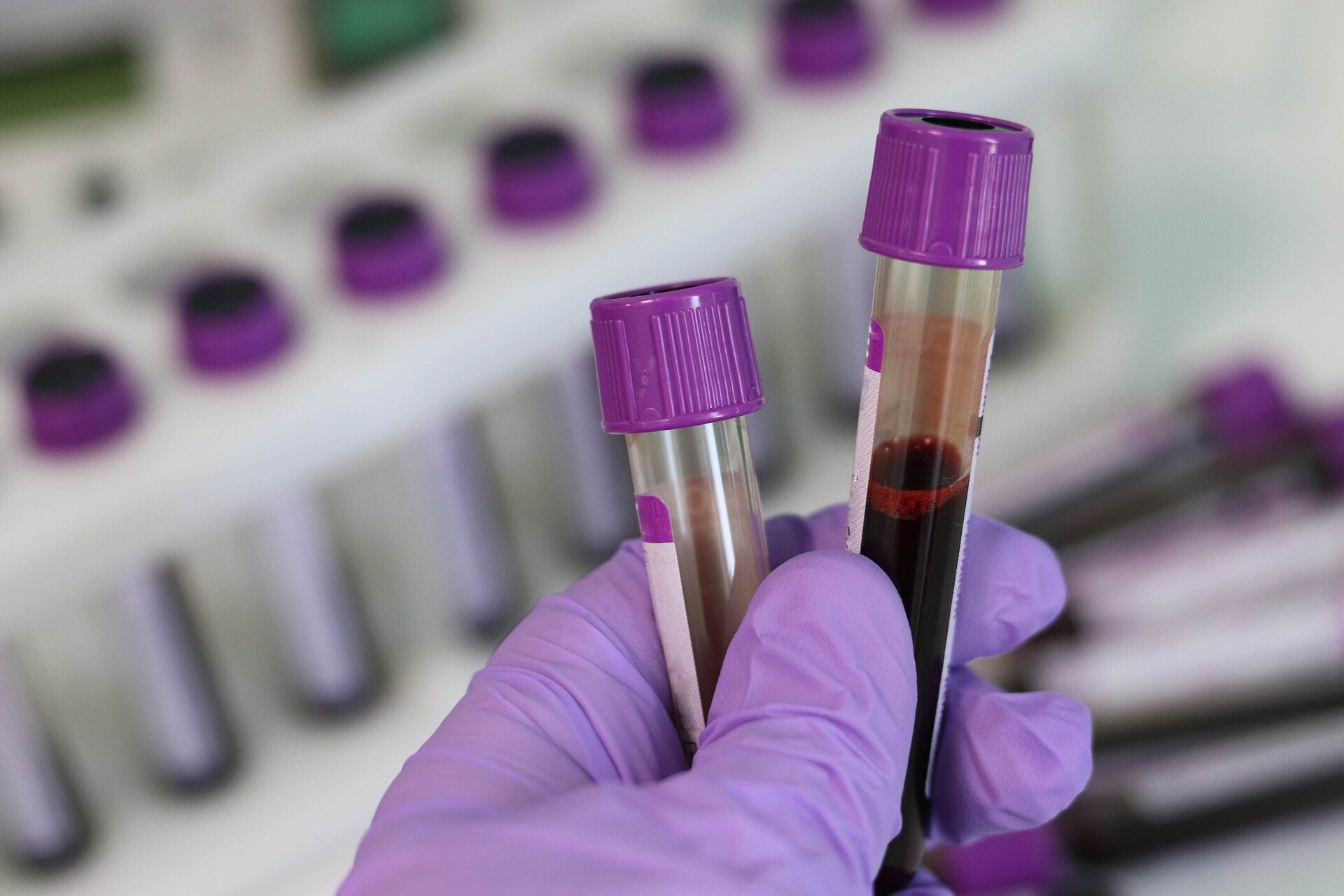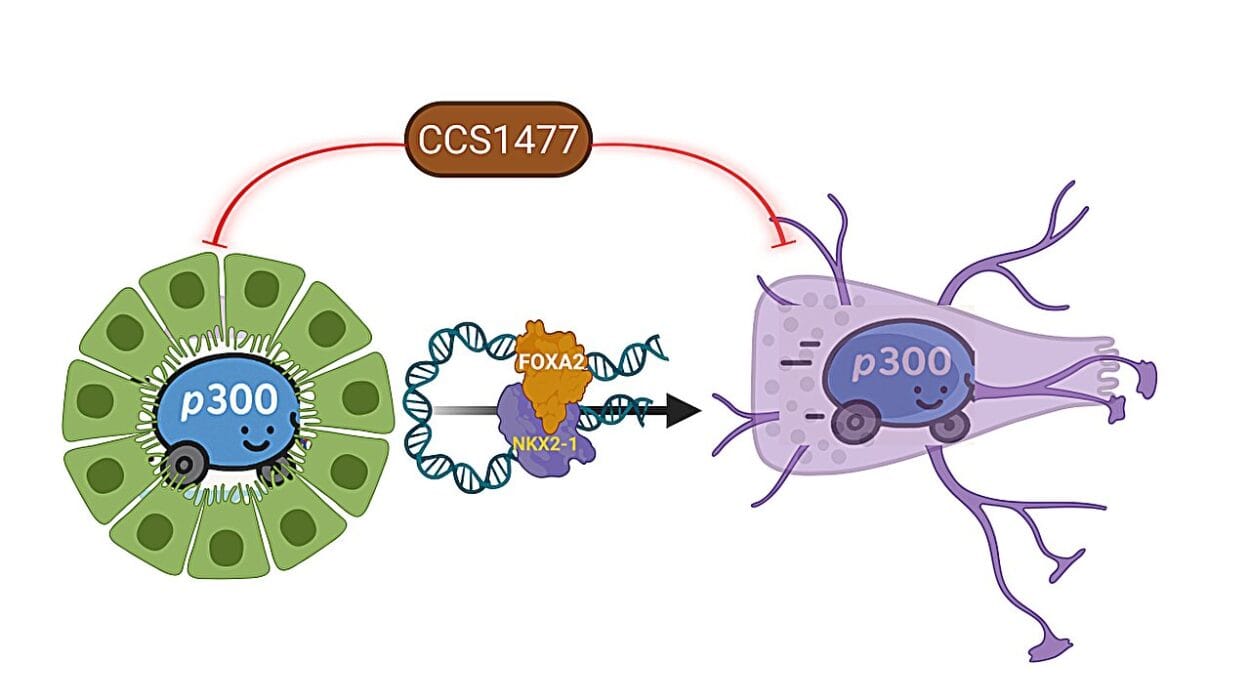Human papillomavirus (HPV) has long been associated with cervical cancer, but in the United States, it is also the driving force behind a rapidly growing number of head and neck cancers. In fact, nearly 70% of head and neck cancers today are linked to HPV infection, making them the most common cancers caused by this virus. What makes the situation more alarming is that these cancers are often diagnosed only after they have silently developed for years, growing to billions of cells and spreading to nearby lymph nodes before patients experience their first symptoms. By then, treatment is not only more aggressive but also carries lifelong side effects that profoundly affect quality of life.
Unlike cervical cancer, where routine screening methods like Pap smears and HPV testing have dramatically improved early detection, there is no approved screening test for HPV-associated head and neck cancers. This gap leaves doctors and patients in a race against time, often catching cancers when the disease is already advanced. But new research offers a glimmer of hope—a breakthrough tool that could revolutionize how and when these cancers are detected.
A Revolutionary Approach: The Promise of HPV-DeepSeek
In a landmark study published in the Journal of the National Cancer Institute, researchers at Mass General Brigham unveiled a novel liquid biopsy tool called HPV-DeepSeek. This test has the extraordinary ability to detect HPV-associated head and neck cancers up to a decade before symptoms appear. For patients, this could mean the difference between undergoing grueling treatments that alter speech, swallowing, and appearance—or receiving early, less invasive therapies that preserve both health and quality of life.
Dr. Daniel L. Faden, MD, FACS, the study’s lead author and a head and neck surgical oncologist at Mass Eye and Ear, put it plainly:
“By the time patients enter our clinics with symptoms from the cancer, they require treatments that cause significant, lifelong side effects. We hope tools like HPV-DeepSeek will allow us to catch these cancers at their very earliest stages, which ultimately can improve patient outcomes and quality of life.”
What makes HPV-DeepSeek so powerful is its reliance on whole-genome sequencing, an advanced technology capable of scanning a blood sample for the faintest traces of tumor DNA. Specifically, it identifies microscopic fragments of HPV DNA that break off from developing tumors and circulate in the bloodstream. These fragments are like hidden signals of a cancer that has not yet made its presence known.
Detecting Cancer Before It Speaks
The strength of HPV-DeepSeek lies not only in its ability to detect cancer but in its accuracy. Earlier work by the research team showed that the test achieved an astonishing 99% sensitivity and 99% specificity at the time of clinical presentation—outperforming existing diagnostic tools. But the latest study took this a step further by asking a more ambitious question: Could HPV-DeepSeek detect cancer before symptoms ever appeared?
To find out, researchers turned to the Mass General Brigham Biobank, analyzing 56 stored blood samples. Twenty-eight of these samples came from individuals who would later go on to develop HPV-associated head and neck cancer, while the other 28 came from healthy controls. The results were striking. HPV-DeepSeek detected tumor DNA in 22 out of 28 future cancer patients, while none of the healthy control samples tested positive.
Even more astonishing, the earliest positive result came from a blood sample collected 7.8 years before diagnosis. With the help of machine learning, the test’s predictive power grew even stronger, correctly identifying 27 of the 28 cancer cases—including those up to a full decade before the disease was clinically recognized.
Why Early Detection Changes Everything
The significance of these findings cannot be overstated. Today, when patients arrive in clinics with advanced head and neck cancers, treatment often involves a combination of surgery, chemotherapy, and radiation. While these therapies save lives, they can also leave patients with lasting impairments in speech, swallowing, taste, and appearance.
Early detection offers a radically different trajectory. If HPV-associated head and neck cancers can be identified while they are still microscopic, patients may benefit from less intensive treatments with fewer side effects. More lives could be saved, and survivors could enjoy far greater quality of life.
This breakthrough also shifts the psychological landscape of cancer care. Instead of facing cancer as a sudden, devastating diagnosis, patients may one day enter a system of proactive monitoring where threats are caught before they ever become life-threatening.
The Road Ahead: Validation and Hope
The promise of HPV-DeepSeek is immense, but the journey is just beginning. To confirm their results, the research team is now conducting a second blinded study using hundreds of blood samples collected through the National Cancer Institute’s Prostate, Lung, Colorectal, and Ovarian Cancer Screening Trial (PLCO). This large-scale validation effort will determine whether HPV-DeepSeek can be adopted as a reliable screening tool for the general population.
If successful, this test could transform cancer prevention strategies worldwide, becoming for head and neck cancer what Pap smears and HPV vaccines have become for cervical cancer—a weapon against one of the most preventable forms of cancer.
A Future Where Cancer is Silent No More
For decades, the tragedy of HPV-associated head and neck cancers has been their silence. They grow unnoticed until it is almost too late. But with HPV-DeepSeek, science is rewriting that story. By listening for the whispers of cancer in the bloodstream, this tool promises to catch disease long before it has a chance to speak through pain, swelling, or difficulty swallowing.
The future of cancer care may not lie only in better treatments but in earlier recognition. By shifting the focus from late intervention to early prevention, breakthroughs like HPV-DeepSeek represent not just medical progress but a profound act of compassion—giving patients time, options, and hope.
The story of HPV-DeepSeek is still unfolding, but its potential is clear. One day soon, it may mean that head and neck cancers caused by HPV are no longer silent killers, but detectable and treatable conditions caught at their very first breath.
More information: Daniel Faden et al, Circulating tumor HPV DNA whole genome sequencing enables HPV-associated oropharynx cancer early detection, Journal of the National Cancer Institute (2025). DOI: 10.1093/jnci/djaf249






